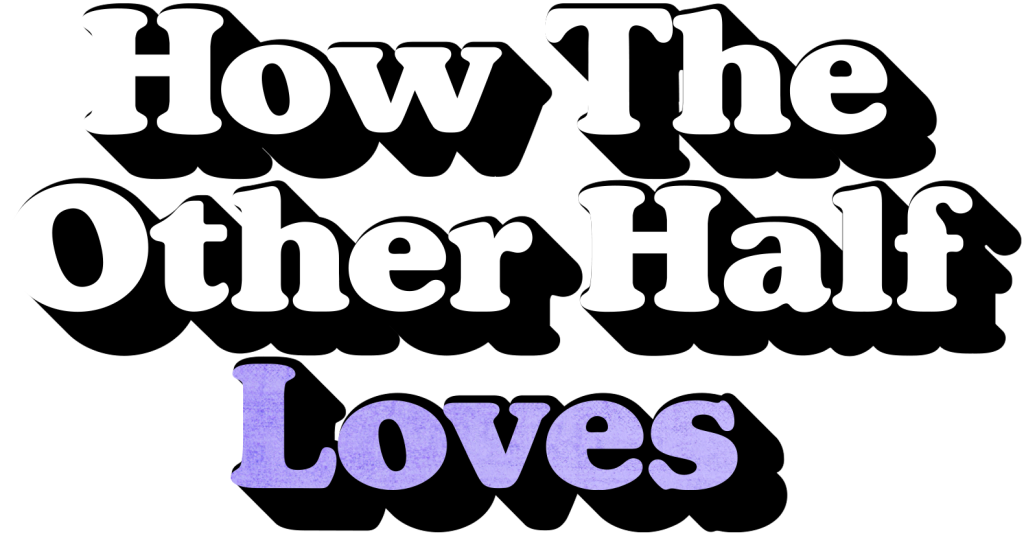Light, Laughter, and Living Rooms: ‘How the Other Half Loves’ is a Silly Gift in Serious Times

I left the Thousand Islands Playhouse after seeing How the Other Half Loves with a smile plastered on my face. While the play doesn’t offer much depth (it’s about as deep as a puddle), it delivers pure mischievous fun. The show never pretends to be anything other than effervescent fluff, and I found that wonderfully refreshing. What could have felt shallow and cringeworthy instead played like a masterclass in comedic performance, tight direction, and charming design.
Set in 1969, How the Other Half Loves is a classic British farce by Sir Alan Ayckbourn. It follows three couples whose lives become entangled through a series of misunderstandings, deceptions, and some disastrously mishandled dinner parties. With overlapping timelines and mistaken identities, the play revels in the chaos that ensues when private lives spill into shared spaces.
The show famously takes place in two different living rooms, with scenes unfolding simultaneously while occupying the same physical space. Director Jeremy Webb, with the help of set designer Vickie Marston, tackles this theatrical challenge with impressive clarity and creativity. Marston’s ability to design the conjoined spaces is a standout achievement. The set not only serves the comedy, but subtly reflects the contradictory tastes and personalities of its inhabitants. Webb’s blocking is also particularly strong; each actor moves with purpose, using the space to its fullest without ever overcrowding it. His attention to detail ensures clear sightlines and flow in what could easily become a chaotic mess in inattentive hands.
The performances are uniformly equal. A farce like this would collapse under a weak cast, but this ensemble is lightning in a bottle. Sophie Wilcott as Mary Featherstone is a revelation. Her comical transformation from a neurotic housewife to a confident partner is subtly and skillfully portrayed with each shift in posture or expression intentional and earned. David Christoffel’s Frank Foster is just as compelling and utterly endearing. He brings a kind, almost precious quality to a forgetful, bumbling character who could easily have become grating.
Kait Post delivers a fiery, high-energy performance as Terry Phillips. Her sharp delivery, wild physicality, and impeccable sense of timing make her a joy to watch, grounding Terry’s chaos in something deeply human and relatable. Offering a nuanced contrast is Geneviève Steele, who makes some great choices as Fiona Foster. Steele emerges as a cool, composed vision of 1960s glamour, whose character’s actions could have come off as icy and unlikable. Instead, each entrance feels like a moment, and I ended up whispering “diva” every time she floated on stage in a new outfit.
Also in top form is Aaron Reid Ryder as Bob Phillips. Ryder brings a slick charisma to the role, striking just the right balance between infuriating and loveable, and his scenes crackle with both comedic and sexual tension. Bob’s foil, William Featherstone, is brought to life by actor Matthew Gorman, who delivers some of the evening’s most unexpectedly hilarious moments with quiet, buttoned-up intensity.
Kaelen MacDonald’s costumes are another highlight. Every outfit, especially Fiona’s and Bob’s, are meticulously styled and perfectly period-appropriate. MacDonald uses colour and texture to express character, and the results are both fashionable and fun. My partner and I audibly gasped at several of Fiona’s outfits, and if Bob’s wardrobe were available for sale, I’d be first in line.
That same attention to detail and style extended into the audience’s experience, who clearly enjoyed themselves—laughs were loud and frequent throughout the evening. While the humour may skew older, and the distinctly British tone might leave some younger audience members scratching their heads, the show’s charm is undeniably universal. This production is a riotous farce, helmed by a sharp director, designed with flair, and performed by a cast that knows how to keep the plates spinning. It’s a reminder that comedy, when done well, is anything but trivial.
How the Other Half Loves isn’t trying to change the world. It offers no moral reckoning or grand thesis on the human condition. Instead, it aims, plainly and unapologetically, to make you laugh. And by golly, does it succeed. In a theatrical landscape often saturated with heavy themes and emotional labour, How the Other Half Loves is a bit of an outlier. And in a year like this one, when so much around us demands that we confront trauma or reflect on darkness, that’s not nothing. That’s a gift. There’s something genuinely comforting about a show that simply wants us to have a good time. It reminded me of something I hadn’t realized I’d been missing: the joy of simple, silly escapism. It was a brief reprieve in these dark times, and for that, I’m thankful.
Thousand Islands Playhouse’s production of ‘How the Other Half Loves’ runs until June 22, 2025. Tickets and more information can be found here.
